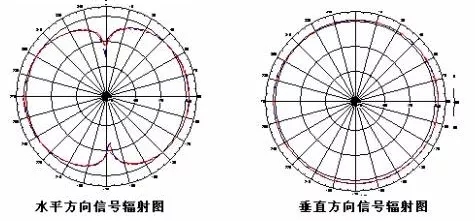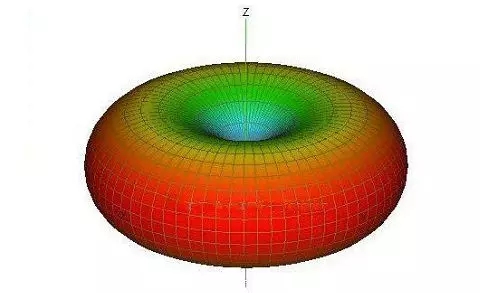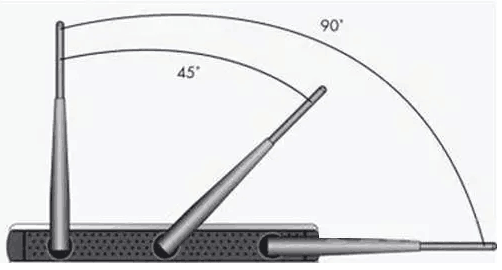

The spatial performance is as follows:
.
The direction of the Z axis in the figure is the direction of the antenna, the horizontal(red area) wireless signal is the strongest, and the vertical(dark blue area) wireless signal is the weakest.
It can be seen that when the router's antenna is placed perpendicular to the ground at 90 °, the horizontal wireless signal is the strongest and the wireless coverage is the widest, and the weak point of the signal coverage above or below the antenna will affect the reception effect.

Note: Do not hold the router's antenna together so as not to interfere with each other.
In most home network environments, only one wireless router is generally used for wireless network coverage, while a single wireless router has limited coverage. For wireless routers with multiple antennas: If it is a multi-antenna router such as three or four, the router's antenna can be combined with various angles such as horizontal, vertical, and oblique. In short, do not point all antennas at the same position. This can more effectively cover space and increase WiFi coverage and signal strength.
Dove
2019-10-15
声明: Disclaimer: This article comes from individual, KRECO has the right of final interpretation.